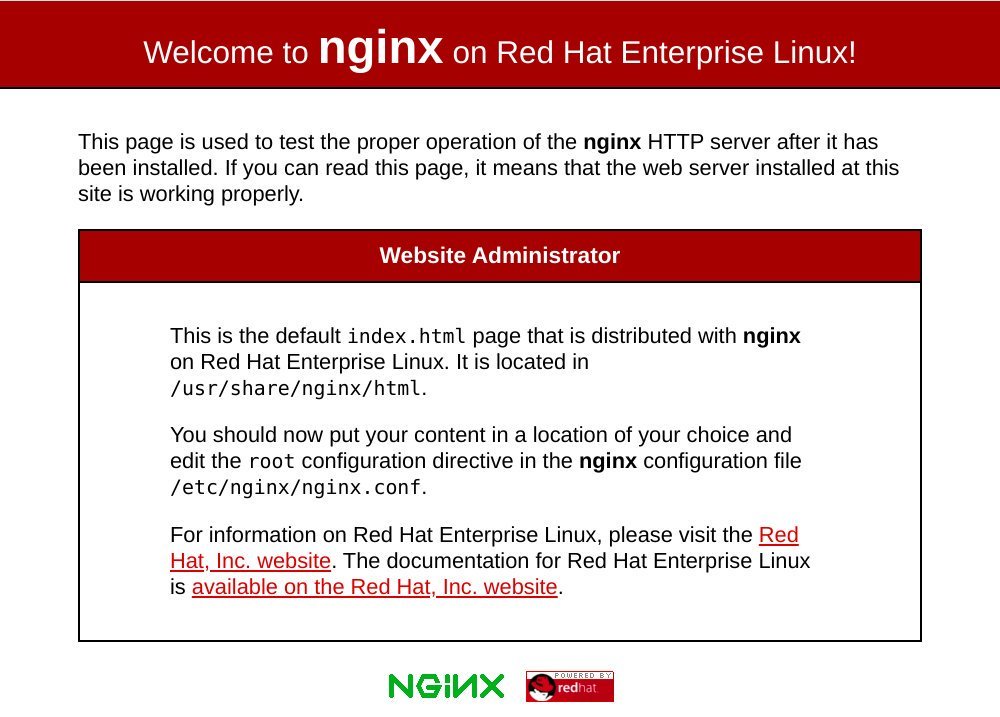How to install Nginx on CentOS 8

Nginx pronounced "engine x", it is an open source, high-performance HTTP and reverse proxy server, used to handle the load of some large websites on the Internet. It can be used as an independent web server, [load balancing] (https://cloud.tencent.com/product/clb?from=10680), content caching, and reverse proxy server for HTTP and non-HTTP.
Compared with Apache, Nginx can handle more parallel connections, and each connection takes up less memory.
This guide explains how to install and manage Nginx on CentOS 8.
1. Prerequisites##
Before proceeding, please make sure that you are logged into the system as a user with sudo privileges, and that you have not installed Apache and no processes occupy ports 80 and 443.
2. Install Nginx on CentOS 8
On CentOS 8, the Nginx package is available in the default CentOS software source repository.
Installing Nginx on CentOS 8 is very simple, enter:
sudo yum install nginx
Once the installation is complete, enable and start the Nginx service:
sudo systemctl enable nginx
sudo systemctl start nginx
To verify that the service is running, check its status:
sudo systemctl status nginx
The output looks like this:
● nginx.service - The nginx HTTP and reverse proxy server
Loaded:loaded(/usr/lib/systemd/system/nginx.service; enabled; vendor preset: disabled)
Active:active(running) since Sun 2019-10-0618:35:55 UTC; 17min ago
...
Three, adjust firewall##
FirewallD is the default firewall solution on CentOS 8.
During installation, Nginx creates a firewall service file with predefined rules, allowing HTTP (80) and HTTPS (443) ports.
Use the following command to open the necessary ports:
sudo firewall-cmd --permanent --zone=public--add-service=http
sudo firewall-cmd --permanent --zone=public--add-service=https
sudo firewall-cmd --reload
Now, you can test whether the Nginx installation was successful. Enter http://YOUR_IP in your browser and open it. You should see the default welcome page of Nginx, like the following:

Four, Nginx configuration file structure and best practices##
- All Nginx configuration files are in the
/etc/nginx/directory. - The main Nginx configuration file is
/etc/nginx/nginx.conf. - Create an independent configuration file for each domain name to facilitate server maintenance.
- The Nginx server configuration file must end with
.confand be stored in the/etc/nginx/conf.ddirectory. You can create as many server configuration blocks as you want. - The best recommendation is to use a standard naming scheme. For example, if your domain name is
mydomain.com, then the configuration file should be namedmydomain.com.conf - If you have reusable configuration sections in the domain name server configuration block, extract these configuration sections and make a small reusable configuration.
- Nginx log files (access.log and error.log) are located in the
/var/log/nginx/directory. It is recommended to configure a differentaccessanderrorfor each server configuration block. - You can set the root directory of your website wherever you want. The most commonly used website root directory locations include:
/home/<user_name>/<site_name>/var/www/<site_name>/var/www/html/<site_name>/opt/<site_name>/usr/share/nginx/html
Five, summary##
Congratulations, you have successfully installed Nginx on CentOS 8. You are now ready to deploy the application. You can use Nginx as a web server or a proxy server.
Recommended Posts